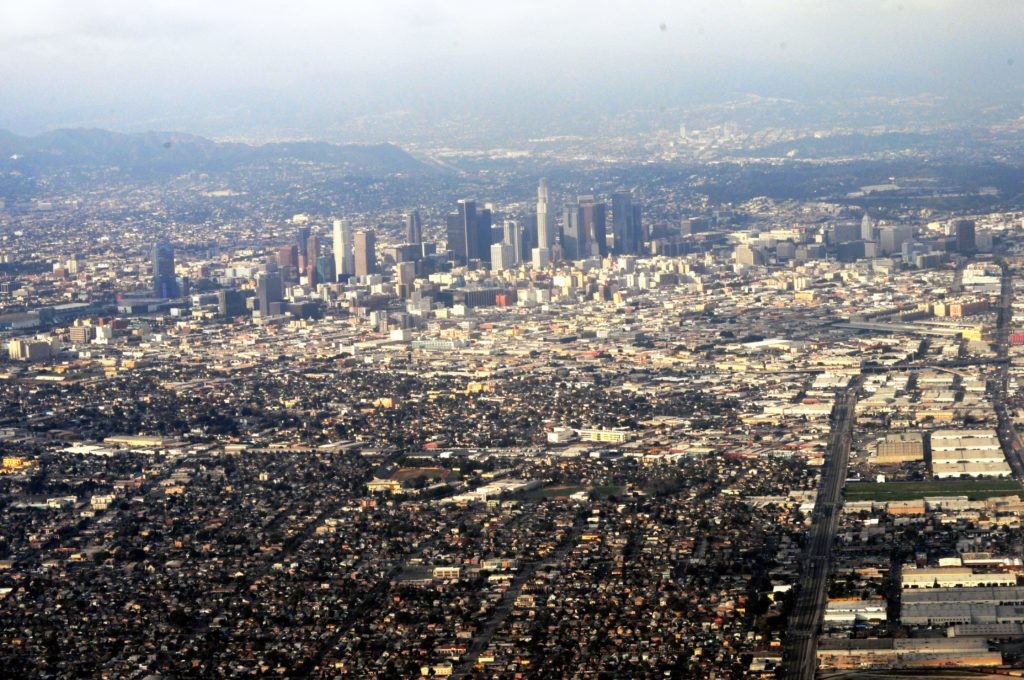One question I’m asked regularly by clients who are starting new businesses is “which cities are allowing dispensaries?” There are hundreds, if not thousands, of patients who wish to open legal dispensaries, cultivation sites, kitchens and manufacturing facilities in California. This is not surprising. A recent article by the Centers for Disease Control and Prevention (CDC) reported that some studies have suggested “second to alcohol, marijuana is the most commonly used recreational drug in the United States, with an estimated 19.8 million past-month uses during 2013.” This means cannabis is a product millions of Americans want, and use safely, on a regular basis. And some of those Americans live in California!
A slightly different question now coming to me, particularly from established businesses, is “Now that it is likely California will have recreational marijuana in 2016, will my city allow me to integrate marijuana into my existing product line?” Good question. The answer lies in decisions made at a local government level.
I attend city council and municipal board meetings regularly when the topic is marijuana dispensaries and an application processes is on the agenda. Thus, I hear the concerns of city council members, opponents and advocates on a regular basis. Over and over, the same conversations go on from meeting to meeting. Many city council members and local governments are taking responsible public safety concerns seriously, which is why they are enacting ordinances allowing dispensaries and monitored cultivation. This is the responsible thing to do, because failure to do so means patients in the area are likely purchasing medical marijuana products from an unknown, unmonitored source, which could endanger the safety of these citizens. Many city council members are relieved that California is preparing to enact regulations this year, and some — like their local business owners — are preparing for the likely event of recreational marijuana becoming a reality. Many are addressing the logical question: “If you can’t regulate medical marijuana, how will you ever manage recreational use?” I’ve seen many city officials seeking to get a head start on recreational use.
California’s Compassionate Use Act of 1996 is turning 20 years old next year. In all this time, we have not had regulations, and that probably is a contributing factor in the marijuana abuses we see in this state. Cities have tried to patch what they don’t know how to control by enacting prohibitory ordinances, which create an underground industry that thrives marvelously in the shadows. Some local leaders are discovering that only regulation creates light in this industry; and there are plenty of good people who want to enter the industry legally.
The opponents in these meetings all share the same general concerns. The ones I hear most often are concern for children, crime and a devaluation of property. There goes the neighborhood!
Marijuana is not for children, any more than alcohol is not for children, so adults need to create safeguards to protect them. Lock it up, for example.
Crime? Now this is an interesting subject. One of the leading reasons crime is involved with marijuana is because the industry cannot use the banking system, so it is widely a cash business. Cash draws criminals. There aren’t any credible stories I’ve heard that directly link marijuana dispensaries to any other kinds of residential crimes. Burglaries usually occur because thieves want money. Medical marijuana patients vary in age, occupation and illness, and they are not a fringe group of criminals. I talk with patients every day, and they range from professionals, business owners, retirees and twenty-somethings wishing to engage in legal business enterprises. You could never pick them out on the street. They are everywhere. So, there always will be thugs, but these are the same criminals who are robbing the local mini-market now (who, by the way, are also looking for cash). Thankfully, Congress is considering legislation that will give legal cannabis businesses access to banking services without punishing the banks with fear of federal prosecution.
As for decreased property values? This is not a compelling argument for a problem in California; otherwise, we would not see cities like San Francisco, Palm Springs, Cathedral City and many others, with ordinances permitting cannabis businesses, or that are considering such ordinances seriously (like Santa Monica and Lake Forest).
So, to answer questions about which cities will allow marijuana businesses and whether or not they will allow marijuana products to be integrated into an existing business model, my answer is: “Ask.”
Ask your local representatives, and/or ask them again — and again. These are valid questions. More city governments are undergoing a paradigm shift as the interest in this industry is being made clear by California residents. Many cities need businesses that are community supported — and these businesses generally are. These businesses create jobs and create tax revenue that cash-strapped local governments desperately need. So again, the answer is to “ask.” Start the process. Get on the agenda of the city council meeting. If your city does not want to become industry friendly, you can always move yourself or your business to a more progressive community, or engage in actions to bring a voter initiative. “He that dares not grasp the torn / Should never crave the rose.” – Anne Bronte, “The Narrow Way.”




